- Home
- Emoji Heart
Advertisement
Advertisement
Advertisement
Advertisement
Emoji Heart
Advertisement
Advertisement
Emoji Category
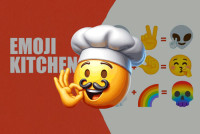
Emoji Kitchen
Kitchen, Symbol
Play
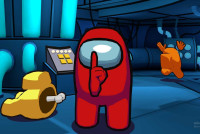
Emoji Among Us
Kitchen
Play

Emoji Rizz
Kitchen
Play
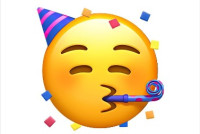
Emoji Party
Kitchen
Play
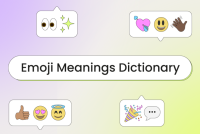
Emoji Meanings
Kitchen, Symbol
Play
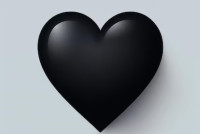
Emoji Black Heart
Kitchen
Play

Emoji Cursed
Kitchen
Play

Emoji Chefs Kiss
Kitchen
Play
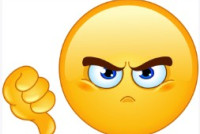
Emoji Thumbs Down
Kitchen
Play
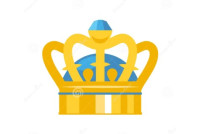
Emoji Crown
Kitchen
Play
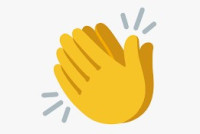
Emoji Clap
Kitchen
Play
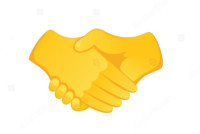
Emoji Handshake
Kitchen
Play
The Fascinating World of Emoji Hearts
In the digital age, where communication is increasingly done through screens, emojis have become an integral part of expressing emotions and ideas succinctly. Among these, heart emojis hold a special place, symbolizing a wide range of feelings and concepts. Here's a deep dive into the fascinating world of emoji hearts.
Emoji Hearts have their roots in Japanese mobile culture, where the first emojis were created in the late 1990s by Shigetaka Kurita. Initially simple and monochromatic, these symbols quickly evolved in color and complexity as digital communication expanded globally. Today, heart emojis are ubiquitous across messaging platforms and social media.
The Variety of Heart Emojis
Discuss: Emoji Heart
New Emojis

Traffic Jam 3D
Kitchen
Play
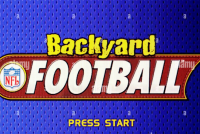
Backyard Football
Symbol
Play

Solar Smash
Kitchen
Play
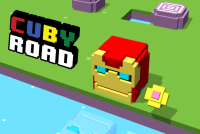
Cuby Road
Symbol
Play

Hill Climb Race
Kitchen
Play

Sledge Rider
Symbol
Play

Your Life Simulator
Kitchen
Play

Slice Master 3D
Kitchen
Play

Jump Up
Symbol
Play

Perfect Hotel
Kitchen
Play

Skiing Fred
Symbol
Play
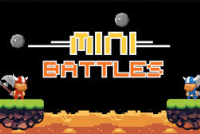
Minibattles
Kitchen
Play

Launch Jack
Symbol
Play

Cute Sheep Skyblock
Kitchen
Play

Snowboard Dash
Play
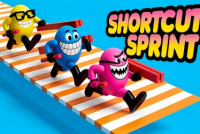
Shortcut Sprint
Play

Gun Shooter
Symbol
Play
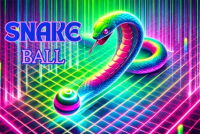
Snake Ball
Kitchen
Play
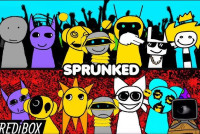
Sprunked
Kitchen
Play
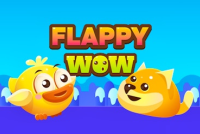
Flappy WOW
Kitchen
Play